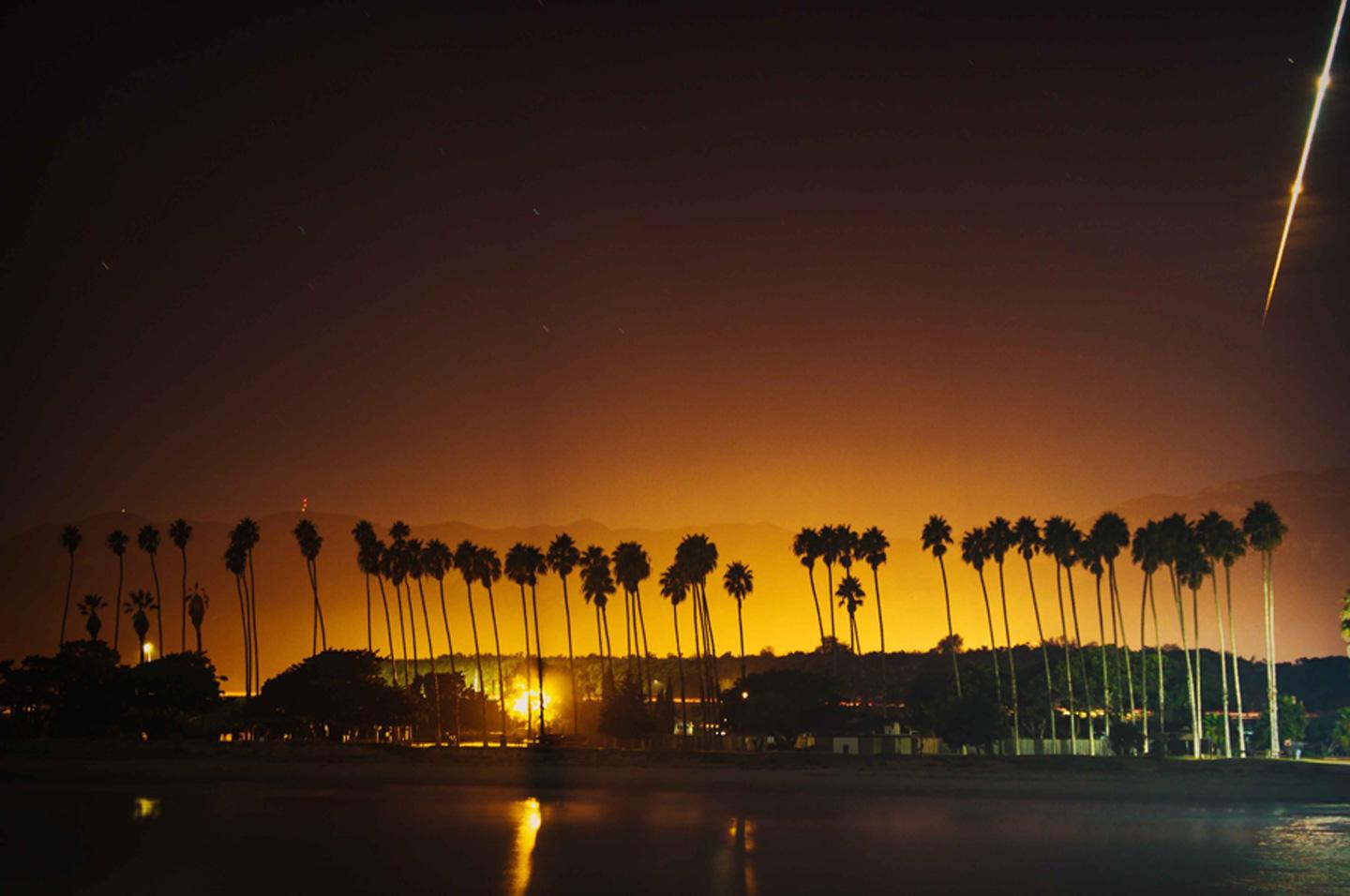Our most common meteorites, known as L chondrites, come from at least two different debris fields in the asteroid belt

February 15, 2019, Mountain View, CA -- A new study published online in Meteoritics and Planetary Science finds that our most common meteorites, those known as L chondrites, come from at least two different debris fields in the asteroid belt. The belt contains many debris fields created from former dwarf planets, or dwarf planets in the making, that collided long ago. These fragments, called asteroids, continue to collide, producing the meteorites that fall to Earth today.
"When meteorites fell near Creston, California on October 24, 2015, they initially seemed to be from the same debris field as those that fell 3 years earlier in Novato, 200 miles to the North," says lead author and meteor astronomer Peter Jenniskens a SETI Institute researcher at NASA’s Ames Research Center in Silicon Valley, California. "Both meteorites were classified as L chondrites of type L6 and shock stage S3."
An international consortium of 33 scientists compared the meteorites and found that the meteorite that fell in Creston managed to avoid collisions for a much longer period of time than those that previously fell in Novato.
"Before it fell to Earth, Creston had been in space for about 45 million years, while the Novato meteorites came from a much more recent collision, about 9 million years ago," says cosmochemist Kees Welten of UC Berkeley.
Scientists are keen to find out where in the asteroid belt those collisions occurred, hoping to identify the asteroid family that spawns our most common meteorites. When the rock, the size of a large grapefruit, entered Earth's atmosphere near Creston, traveling at a speed of 16 kilometers per second, the blinding light of the fireball was photographed by an all sky camera in Sunnyvale.
"To track which direction and from what distance meteorites approach Earth, we operate automated all sky cameras in California," says Jenniskens. "The project is now part of a larger Global Fireball Observatory in collaboration with Curtin University in Australia. This was the first meteorite fall photographed by the new project at a time when we were still testing the cameras."
The meteor was also captured, serendipitously, from the pier in Goleta, California by photographer Christian M. Rodriguez of nearby Santa Barbara, providing its track from a different perspective. Triangulation of the two tracks revealed that both the Creston and Novato meteorites approached on shallow inclined orbits relative to the plane of the planets, but Novato took 3 years to circle the Sun and Creston only 1.5 years. That suggests Novato was delivered by a resonance further from the Sun and deeper into the asteroid belt. As soon as orbits resonate with that of Jupiter or Saturn, they can rapidly change into orbits that meet Earth.
"It was a once in a life time photograph," says Rodriguez, who posted the photo on a social media website. "I’m glad it helped to find its whereabouts."
L chondrites are the most common type of meteorites, but they come in two varieties: meteorites like Novato that long ago, at the dawn of the solar system, experienced shocks so massive they are now dark in part, and those like Creston that just have some dark veins.
Then, about 470 million years ago, many of the dark meteorites experienced another giant collision that may have created an asteroid family. The dark Novato meteorite did as well, losing most of its noble, or inert, gasses, such as Argon, through the heat of the collision.
"No Argon was lost from Creston's minerals during the last 4.3 billion years," says geochemist Matthias Meier from ETH Zurich in Switzerland. "That likely means the asteroid from which Creston originated did not experience the collision 470 million years ago that affected Novato."
So far two other L chondrite falls like Creston (near Jesenice and Innisfree) were photographed by camera networks worldwide, and they both came in on short orbits like Creston. Two other L-chondrite falls like Novato (Villalbeto de la Pena and Park Forest) came in on wider orbits.
"If the meteorites that experienced the collision 470 million years ago come to us on wider orbits, that likely means that Creston and Novato did not come from the same asteroid family," says Jenniskens.
Even though they come from different collisions in different parts of the asteroid belt, Creston and Novato have much in common and appear to be related to each other. It appears that they became solid matter on the same parent body.
"Probing the isotopes of lead showed that Creston and Novato both experienced a giant collision about 70 million years after the formation of the solar system," says Qing-zhu Yin of UC Davis.
The authors speculate that the L chondrite parent body may have broken at that time and different parts ended up at different places in the asteroid belt.
Movie revealing the shock veins inside the fifth Creston meteorite found, using X-ray Computed Tomography. Movie: UC Davis/Douglas Rowland.
The article is now online here:
https://onlinelibrary.wiley.com/doi/abs/10.1111/maps.13235
Fireball observations in California:
http://fireball.seti.org
Download the PDF version of this Press Release at https://en.calameo.com/read/004812363aef00be2acf9
About the SETI Institute
Founded in 1984, the SETI Institute is a non-profit, multi-disciplinary research and education organization whose mission is to lead humanity’s quest to understand the origins and prevalence of life and intelligence in the Universe and to share that knowledge with the world. Our research encompasses the physical and biological sciences and leverages expertise in data analytics, machine learning and advanced signal detection technologies. The SETI Institute is a distinguished research partner for industry, academia and government agencies, including NASA and NSF.
Contact information
SETI Institute
Director of Communications
Rebecca McDonald
rmcdonald@seti.org
650-960-4526





